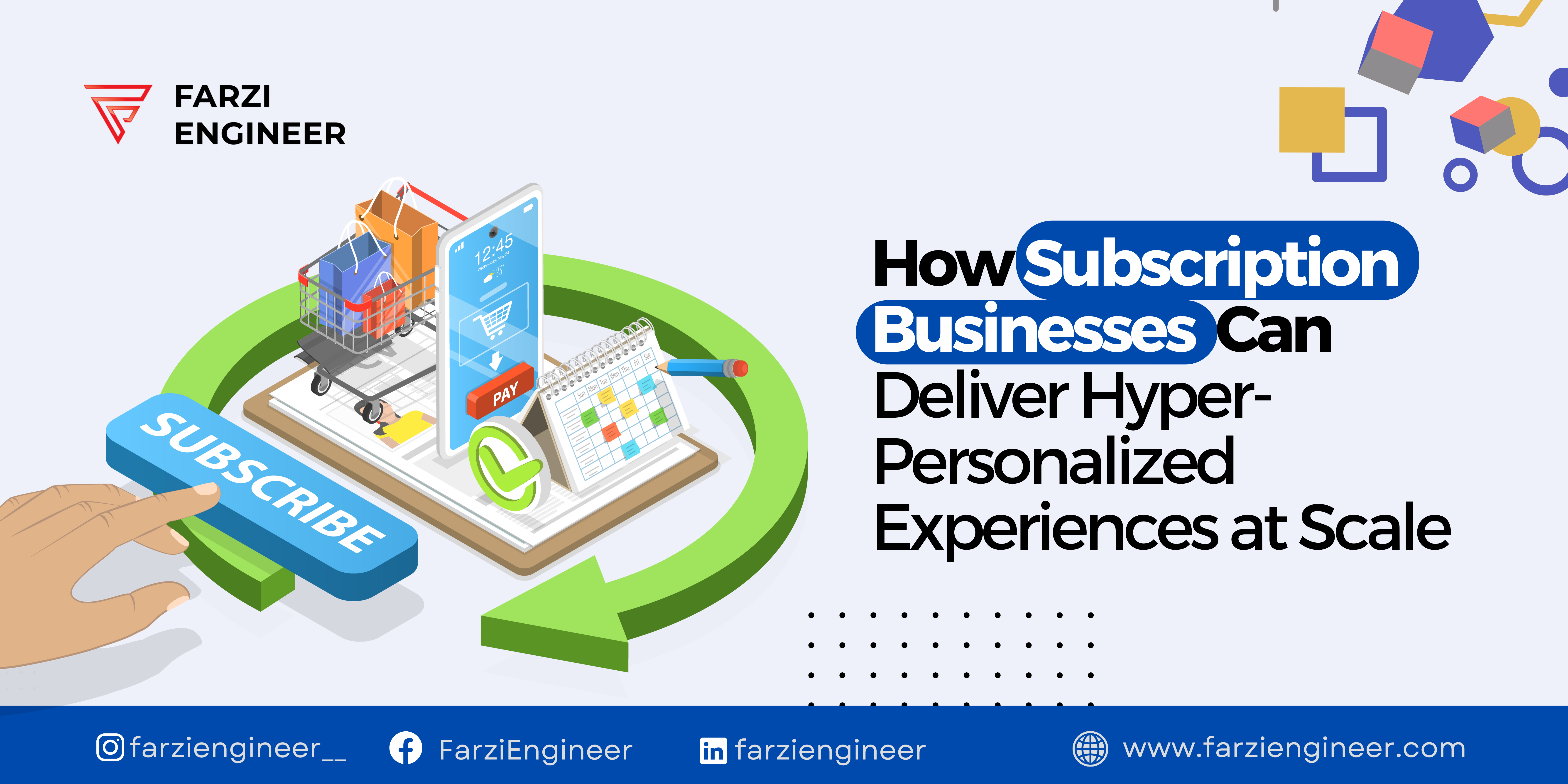The cosmetic industry of India is booming day by day. As a result of this, the markets are brimming with skincare and other beauty products. This has, in turn, led to a rise in competition among the major brands. Not only this, various fresh D2C players are standing neck-to-neck with the traditional ones and are aiming to give the latter a tough time.
In a phase such as this, Lotus Organics has been created to promise the availability of the purest and the most potent beauty and wellness solutions to its consumers. The company feels proud to acknowledge its commitment to maintaining the quality of its products. It is noteworthy to mention that Lotus Organics is the vision of its Founder, Mr. Kamal Passi. It was basically his passion that bore fruit with the fabrication of Lotus Organics.
One of the motivating factors as they say for them has been the need to lessen down the exposure to toxic chemicals, artificial fragrances, and natural allergens. They wish to ensure safe and effective skincare to the customers and the consumers of their products.
To deal with the elevating demand for clean beauty products, Lotus Herbals introduced its D2C brand, Lotus Botanicals at the beginning of the current year. The latter has also been made available on the website and other marketplaces. To foster an appealing marketing strategy, the company has involved the famous actress, Dia Mirza as its Brand Ambassador in April 2021. Being the face of the brand, Dia will be seen across multiple marketing campaigns that will run across various digital platforms.
Issues
- One of the major issues evident in the Lotus website was the custom platform which was not working up to the mark.
- It was also observed that the website was unable to provide a very good user experience thus resulting in the inconsistency of the user engagement on the platform.
- It was figured out that some of the very basic functionalities were missing from the website, thus making it not the very sought after and preferable arena for the consumers.
- The website has just a single page which made the navigation all the way more monotonous as well as difficult.
- It was inherent that the website had certain bugs that were the major cause of these glitches.
- To tackle all of the problems, a high cost was involved.
FarziEngineer and Lotus
- The entry of FarziEngineer into the picture resulted in the conversion rate getting doubled.
- This was then followed by the decrement of the page time to one-third of its former value.
- These two major improvements have undoubtedly enhanced the user experience and have brought back the belief of the consumer base into the brand.
- The team has mentioned that the website is not just single-paged anymore and that they have used metrics for firing out the errors and bugs.
- By their hard work and dedication, the team has successfully reduced the day-to-day cost of development.
- The scalability of the website has also been increased significantly.
- The dashboard is an insight into the website and its analytics have been improved.
- Besides this, a tremendous volume of data has been provided to optimize the marketing campaign.
- Just as importantly, the server cost has also been reduced by half of its initial value.





